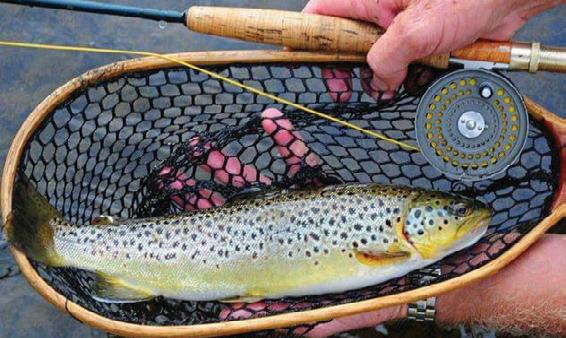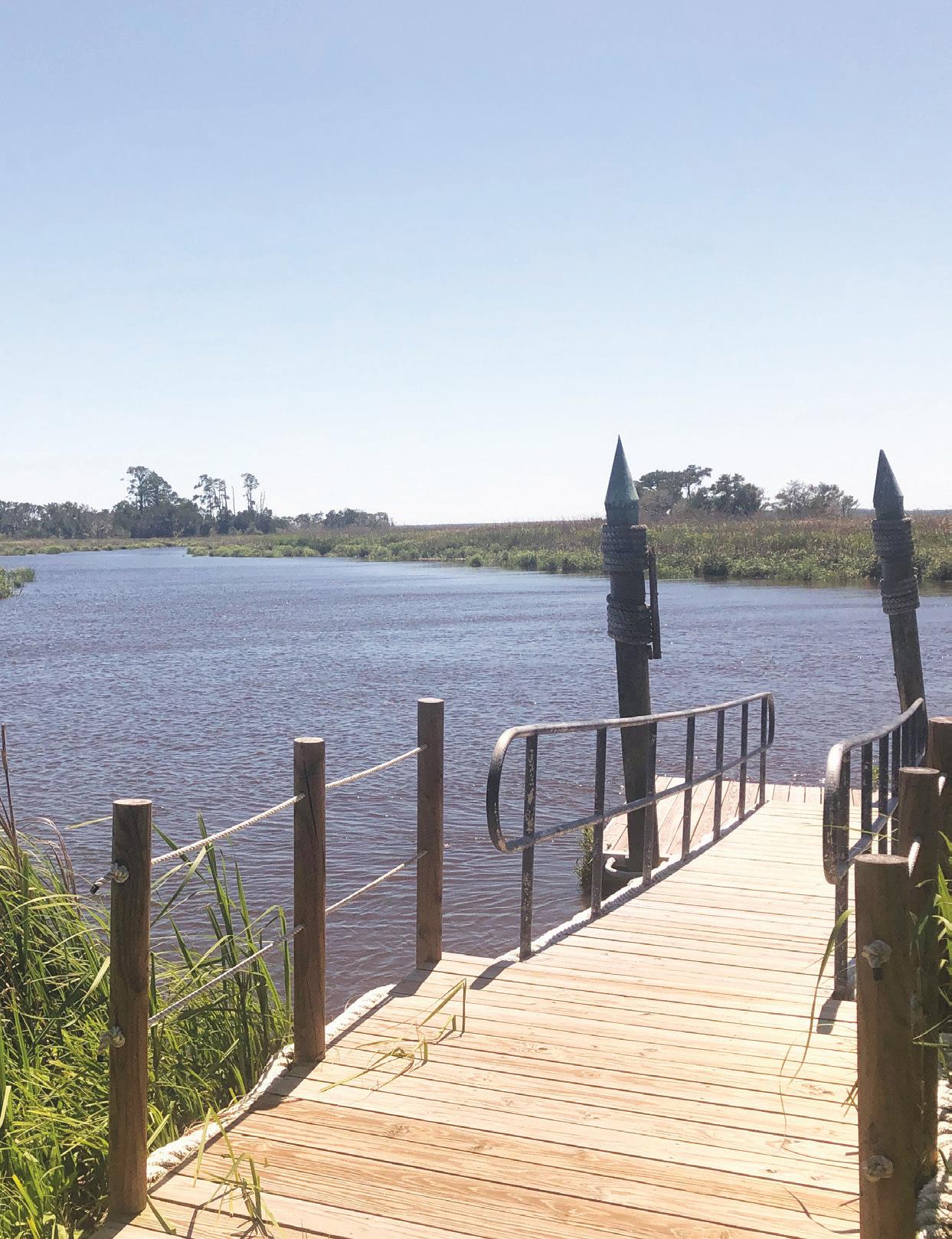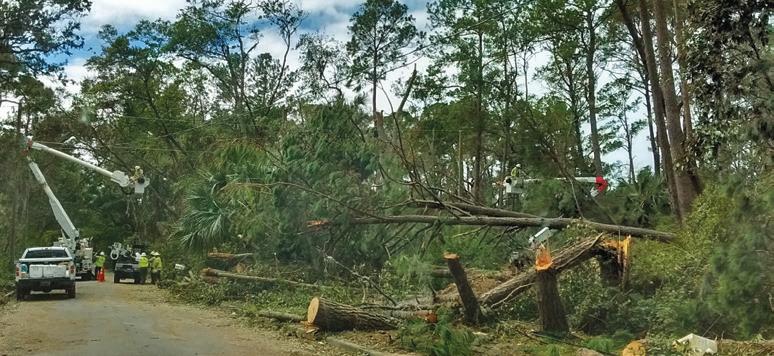
3 minute read
Give 'Em Space
Give 'em Space! Nesting Shorebirds Active on Coastal Beaches
By Rick Lavender Communications and Outreach Specialist and Tim Keyes Wildlife Biologist Georgia Deptarment of Natural Resources
Advertisement
Photo by Tim Keyes
Georgia’s beaches are not only vacation destinations, they’re top spots for nesting shorebirds and seabirds, and for migrating species feeding for long flights to the Arctic.
American oystercatchers, Wilson’s plovers and least terns use sites such as Little Tybee Island, Pelican Spit off Sea Island, Cumberland Island and the southern end of Jekyll Island. Among other species, black skimmers, royal terns and gull-billed terns also nest on Georgia beaches and offshore sandbars.
When these birds are nesting, human disturbance poses a significant threat. Shorebirds and seabirds also face risks from native predators and high spring tides. Pets can be destructive, too, killing or scaring birds.
Visitors to Georgia’s beaches can help beach-nesting birds and migrating species by: · Avoiding posted sites. (Eggs and chicks are camouflaged and easy to overlook or even step on.) · Walking below the high-tide line. · Watching beach birds only from a distance. · Backing away from any nesting birds they accidentally disturb.
Adults frightened from a nest will often call loudly and exhibit distraction displays, such as dragging a wing as if it’s broken. Sometimes the birds will dive-bomb people who get too close to their nest, said wildlife biologist Tim Keyes of the Georgia Department of Natural Resources.
Keyes also encouraged visitors to leave dogs at home or
keep them on a leash when visiting a beach where dogs are allowed. Owners who let their dogs chase shorebirds can be cited for harassing federally protected species. “Dogs and beach wildlife are incompatible,” Keyes said.
Pets are excluded by regulation or law at some sites, including Tybee Island, the beachfront portion of Little Tybee, Pelican Spit, Satilla Marsh Island, the south end of Jekyll, and St. Catherines Island and Little Egg Island bars. (The bars, Pelican Spit and Brunswick Dredge Island, another key nesting site, also are closed to people.)
Beach-nesting birds nest above the high-tide line on wide, terraced beach flats or in the edge of dunes. In Georgia, the birds lay eggs in shallow scrapes in the sand from mid-March through July. After hatching, chicks hide on the beach or in the grass.
Disturbance by people or pets can cause adult birds to abandon eggs and chicks, exposing them to extreme heat and predators.
On a hot day, “in as little as 10 minutes, the eggs can be cooked,” Keyes said.
The threats are similar for migrating seabirds and shorebirds. The coast provides vital stopover sites for species such as federally threatened red knots flying from South America and the Arctic.
Red knots flushed from feeding might not gain the weight needed to survive their more than 9,000-mile migration.
“With a little bit of effort and concern, we all can enjoy the beach,” said Keyes, who works for the DNR Wildlife Resources Division’s Wildlife Conservation Section.
For example, about 40 pairs of least terns and six pairs of Wilson’s plovers nested successfully on St. Simons’ popular East Beach last year.
A Beach Stewards program powered by volunteers helps monitor least terns nesting on East Beach. Participants inform the public and steer dogs and beach-goers away from the roped-off colony.
Interested in being a Beach Steward? Contact Keyes, (912) 222-0424 or tim.keyes@dnr.ga.gov.

Photo by Brad Winn


Photo by Brad Winn

Photo by Brad Winn Clockwise from Top Left: Royal tern with chick; oystercatch nest with eggs; Wilson's plover chick; red knots feeding; flock of dunlins in flight. Photos provided by GADNR, where not credited otherwise.

You can help by contributing to the state’s Nongame Wildlife Conservation Fund. Here’s how: · Buy a DNR eagle or monarch butterfly license plate, or renew any of the older designs, including the hummingbird tags. Most of the fees are dedicated to wildlife. Upgrade to a wild tag for only $25! Details at georgiawildlife.com/licenseplates. · Donate at gooutdoorsgeorgia.com. Click “Licenses and Permits” and log in to give. (New customers can create an account.) There’s even an option to round-up for wildlife. · Donate directly to the agency. Learn more at georgiawildlife.com/donations.










